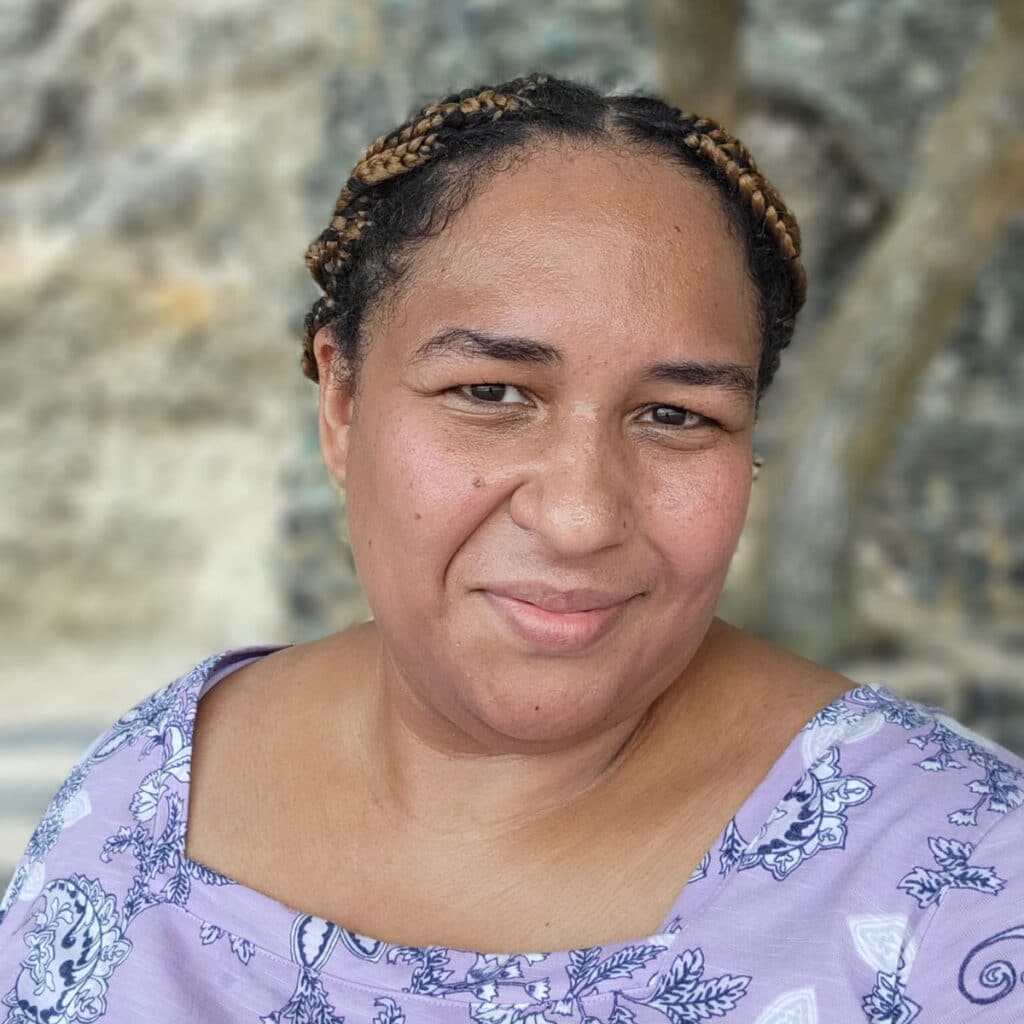
Revolutionizing the Environmental Movement by Centering Communities
By Yesenia Rivera
Yesenia Rivera is the Executive Director of Energy Allies. As ED, Yesenia centers climate-impacted communities in clean energy projects, policy advocacy, and education. Yesenia has been a community organizer from the start, working alongside climate-impacted communities. Her first-hand experiences of energy insecurity mobilized her to advocate for eliminating barriers to solar for all. In this post, Yesenia shares how her grounding in community activism has informed the brand and programmatic transformation of the NGO she leads to create true allyship with local climate-impacted communities.
The environmental movement lives in a glass house. As employees of color in the industry, we find we must be invited into the glass house and accept the White fragility upon which the movement stands. Every window of the house overlooks forgotten histories of White flight, gentrification, and NIMBY-ism that we must refocus our attention on to realign the environmental movement around the values of equity and community.
I started my career as a law student and student attorney for the Community Development Clinic and transitioned to a housing counselor position and tenant organizer for the Latino Economic Development Center. In 2017, I joined Solar United Neighbors as DC Programs Director and was promoted to Director of Energy Equity and Inclusion in 2019 when I launched a program that installed 0.5 MW of solar on income-qualified households. I learned from these experiences that we can’t authentically center communities without deliberately engaging them every step of the way.
Energy Allies has undergone a philosophical rebrand to take care and consideration not only in how we serve our communities but also how we represent our work externally. We work with community partners instead of contractors to build lasting relationships and opportunities.
Our end goal is for our work’s economic, social, and environmental benefits to flow back to communities. The most notable change we’ve made is completely eliminating victim-branding words like “excluded” and “vulnerable,” which do not represent our communities.
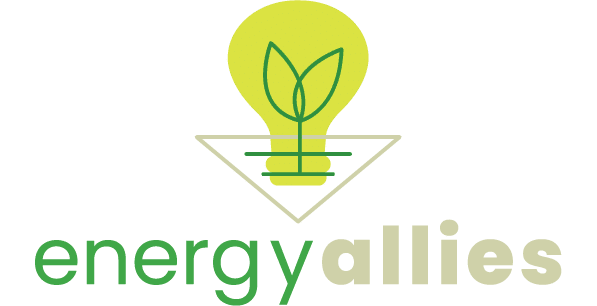
This victimization originates from the school of thought that climate-impacted communities are responsible for the disproportionate climate burdens and hazards experienced. This does not acknowledge the decades of academic inquiry into environmental justice research and data that prove our communities are the most strongly affected despite contributing the least to climate change.
Additionally, The Energy Allies voice eliminated the over-emphasis of our role as an environmental non-profit in community work. We believe that to its core, community work must be led by communities. Our work does not empower: we provide the tools and resources for communities to empower themselves.
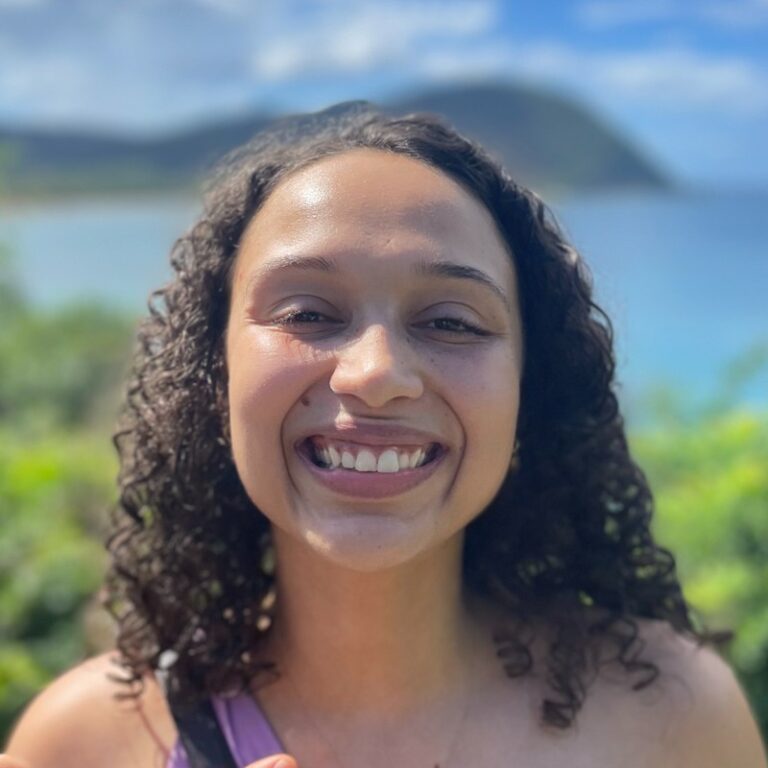
This internal shift in messaging and the Energy Allies voice was spearheaded by our Communications Manager, Cassandre Aurelie Arkema. Cassandre is an environmental justice researcher, communicator, and educator who was born in Astoria, Queens, raised in the D.C. area, and lived abroad.
After working in numerous environmental non-profits, Cassandre had a strong understanding of what non-profits are currently doing to connect with communities and how we can leverage those techniques to mobilize our people-centered environmental movement.
The Energy Allies brand was co-designed with the Boston-based non-profit Artists For Humanity, which provides teens from under-resourced communities paid employment in art and design. A team of three AFH teen designers together with their mentor Jonathan “Pineapple” Tejeda from AFH’s Graphic Design Studio designed our new logo and branding.
Pineapple was born and raised across Roxbury, Dorchester, and Mattapan, the climate-impacted communities in Boston where we ground our work. By working collaboratively with local teens and community leaders, we developed a brand that embodies community values.
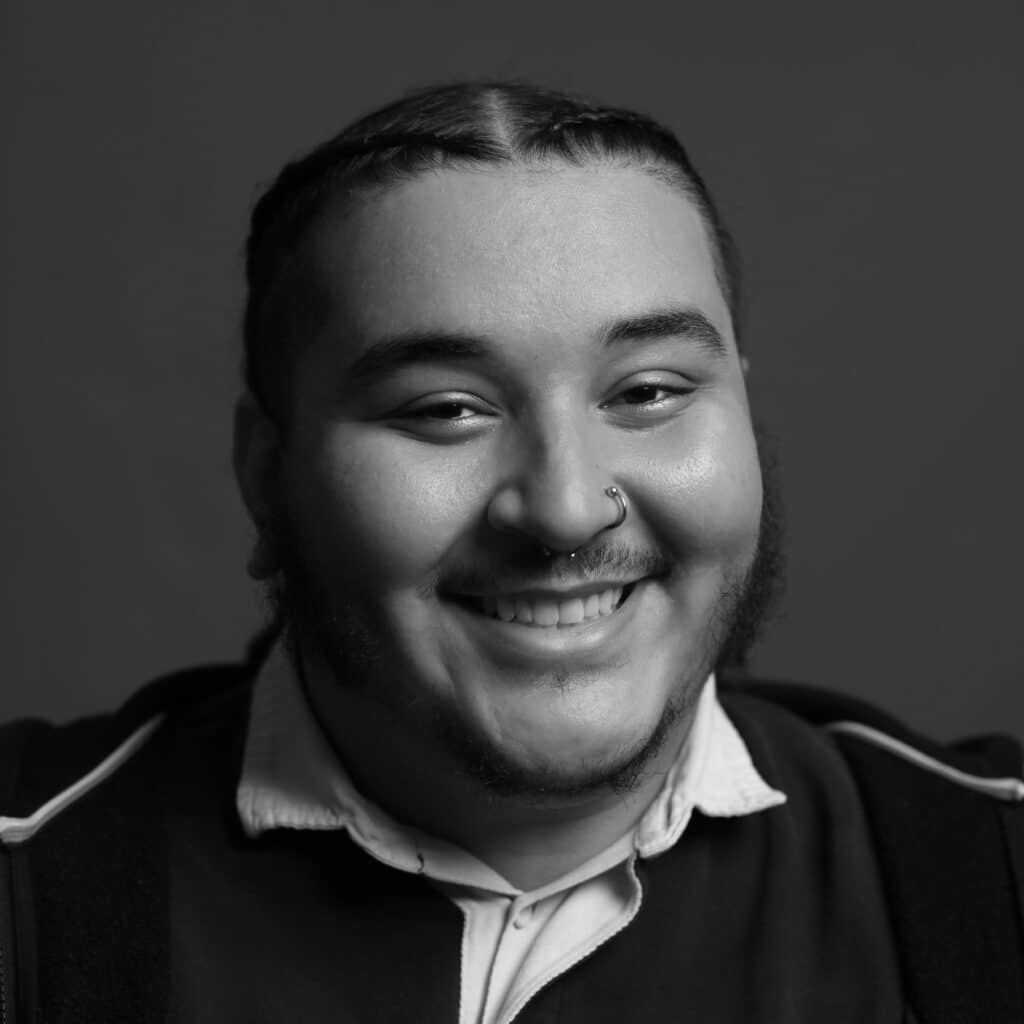
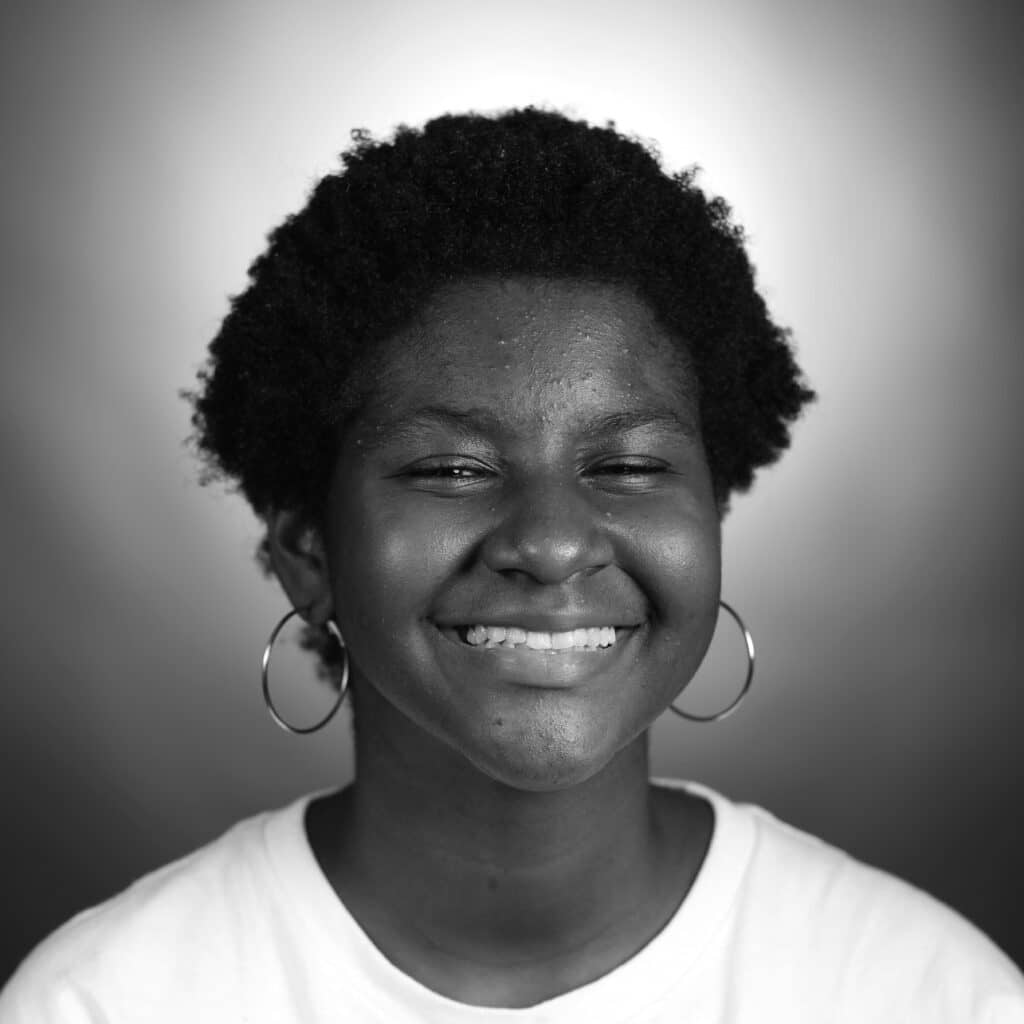
The iconography in our logo echoes our mission with a light bulb, leaves, and a triangle. The light bulb represents energy and our greater goal to provide clean, accessible, and affordable solar to the communities that stand to benefit from it the most. The leaves symbolize our shared connection to nature and efforts to harmoniously co-design with its needs. The triangle shows our grounding in communities, where everything comes together.
Energy Allies recognizes that we need a new movement to co-design a just transition for all communities and a revolution to make that movement happen.
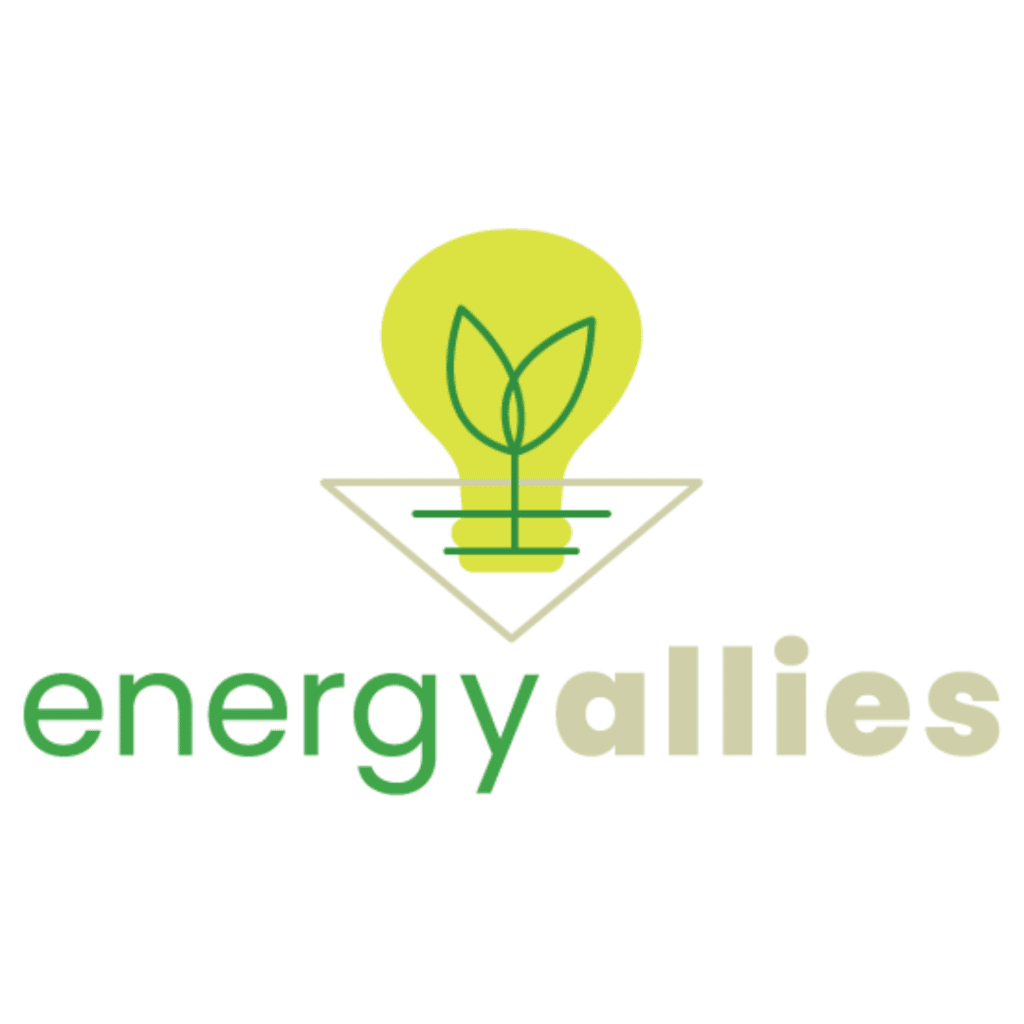
If you’re a community member interested in clean energy in Boston, MA, or Buffalo, NY, please contact us on our website or at inclusion@energy-allies.org.
